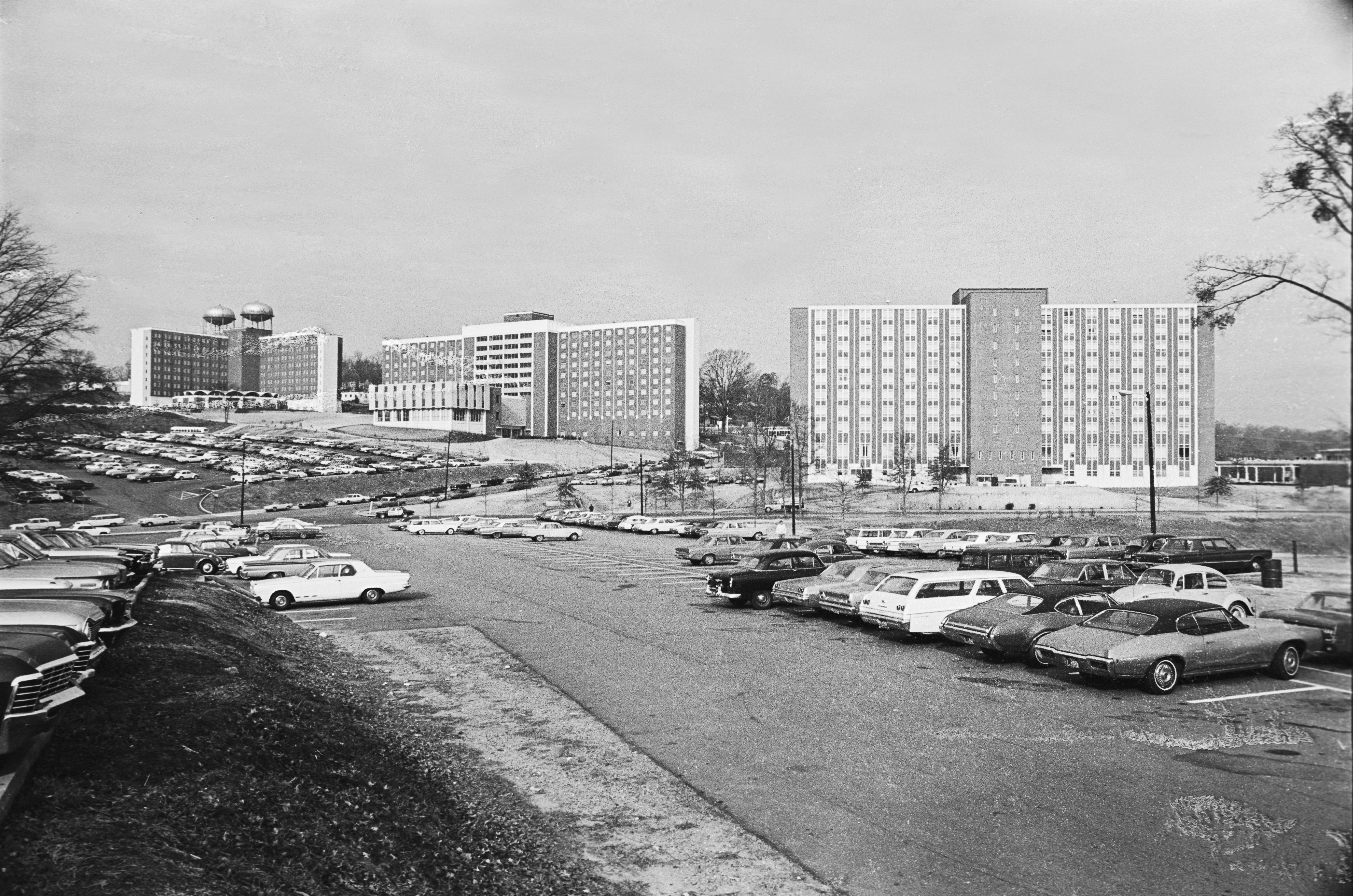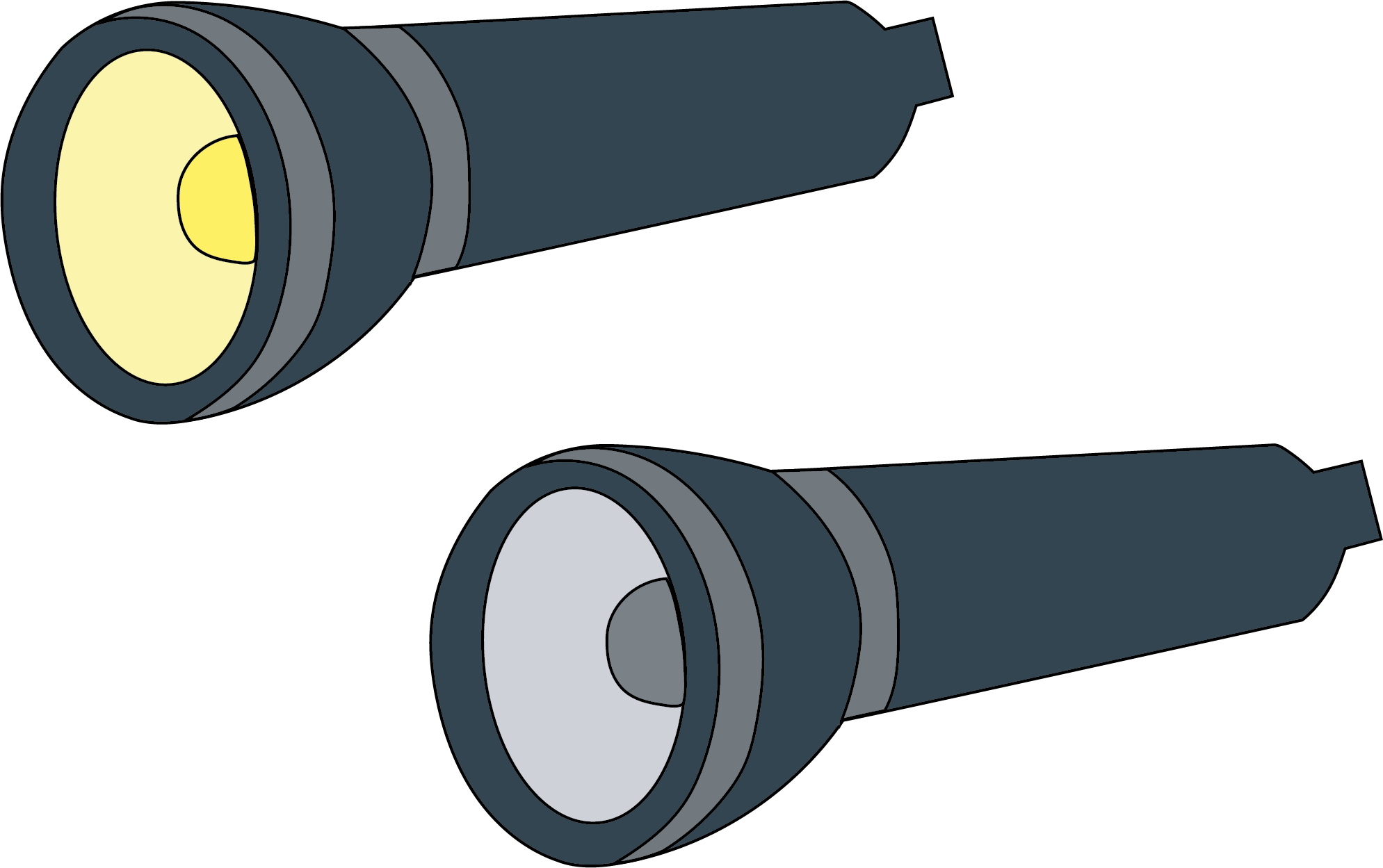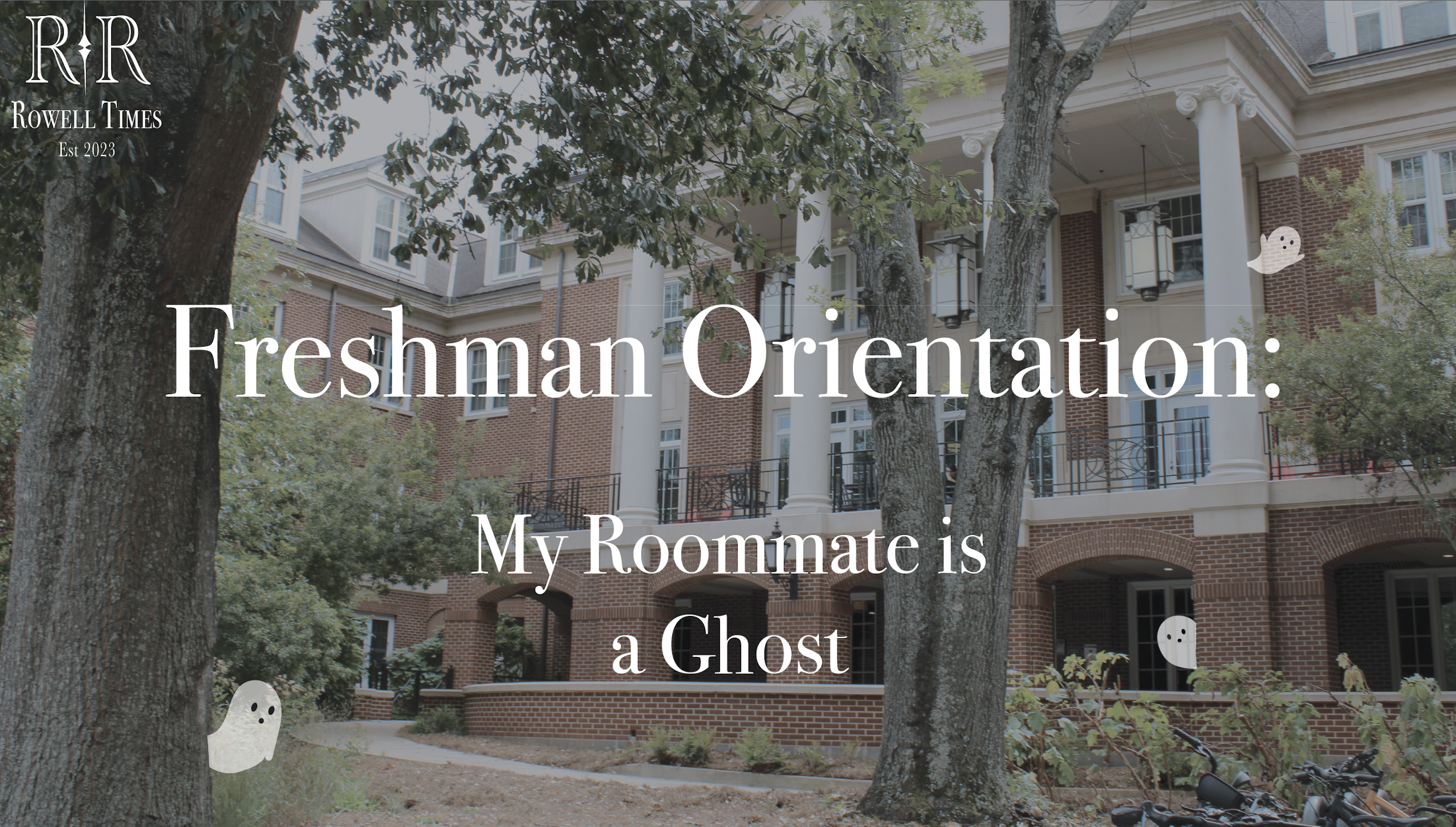Ghost Stories
Student Olivia Brooks reminisced on the ghost stories of Rutherford Hall. “There were always rumors going around, you know, whenever something strange happened.”
She stays suspicious about these stories, not fully believing them, but says, “It was fun to have something to blame anytime, like, something went missing or the AC was messed up.”
Garrett Perschino, a now upperclassman, recalled the ghost stories of Brumby Hall. He went into elaborate detail about the ghost of Robert Toombs, the Confederate General, telling me about his own haunting experience with him.
Perschino went as far as to say, “It’s as if he’s still around, haunting Brumby Hall, trying to scare the freshman.”
Tracy Adkins, award-winning author of Ghosts of Athens: History and Haunting of Athens, Georgia, tells of many haunting stories that have taken place on this campus.
Many debate the accuracy of these stories. Many wonder the likelihood that any of these are true at all. Now, jokes or not, all of these stories are here for a reason. They had to start somewhere.

Dorm History
The University of Georgia was founded in 1785 and holds a very rich history. University Housing, a division of student affairs at The University of Georgia, shows us all of this history regarding the on-campus dormitories.
This campus has housed students since 1806, the oldest being Old College. Some of the oldest housing halls are no longer open for student living, such as Milledge Hall and Memorial Hall.
Waddel Hall, the second oldest building still standing on campus, has many ghost stories itself. The Alumni Association of The University of Georgia notes that this old dormitory was home to a soldier from World War I who was involved in the first murder on UGA campus.
The University Housing shapes a timeline of these dormitories. Mary Lyndon Hall, located on Myers Quad, was built in 1937. Rutherford Hall was shortly after built directly across in 1939. Myers Hall, the last of the 3, was built in 1953.
Payne Hall, further down the road closer to Downtown Athens was built in 1940, and renovated in 2006. Reed Hall, home of many Saturday football tailgates, was built in 1953 alongside Myers Hall. Boggs Hall, Church Hall and Hill Hall were a part of the “lower five” on campus that was built in 1961.
These dorms have a feel much different than the high-rise Brumby Hall and Russell. As said by University Housing, “Mary Lyndon Hall is known for its 18th-century style, with open fireplaces, marble heathers and formal parlors.”
Dorms like Russell Hall can hold up to 1000 students, while dormitories like Rutherford and Reed hold less than 300. With a large number of residents, there may be more variety of claimed paranormal experiences, which would result in an abundance of ghost stories.
On the other hand, in smaller dormitories including Rutherford and Reed, where the communities are closer together, individual encounters and collective stories within a smaller group may encourage a distinct, shared understanding of the paranormal, providing a more comprehensive feel to the stories told in these halls.
Either way, stories, after all, are just that—stories meant to be enjoyed and passed down through the ages.


Ed Laughlin
I was able to sit down and talk with Ed Laughlin, the founder and director of Ghosts of Georgia Paranormal Investigations.
Laughlin has done multiple investigations in Athens through the Athens-Clarke County Government, exploring ACC government-owned properties such as The Taylor-Grady House and The Morton Theatre. These investigations were filmed with Ed Laughlin leading each case.
Laughlin is very familiar with paranormal activity but has never investigated a case on campus. He hopes to one day be invited with his team to check out some of these infrastructures.
Audio by Mckenzie Rowell
We talked about UGA ghost stories, and I explained to Laughlin the different theories and narratives I learned from students and books. At this point, I’m looking for advice, so I ask:
“So, for those in dorms, the people who do think that they have a ghost that's living in their dorm with them, how would you tell them to proceed with that?”
Here is what he had to say.
“Well, it depends upon what kind of activity they're having. If they're, you know, if there's a lot of activity that's bothering them, or if there's just something they maybe see out of the corner of the eye or possibly hear something every once in a while.”
“If it's something like that, that's you know, random stuff, just ignore it. Most of the time spirits are just trying to get your attention and saying, “Hey, I'm here”. But if it's something that's really, uh, when I say aggressive, I'm not saying mean aggressive, but just aggressively trying to let you know that it's there by doing a lot of stuff around you, just tell it, stop.”
He says to be upfront and forward. Say things like, “I know you’re here. You need to leave.” Laughlin says to be firm in your words, but nice about it, “because they were people too one day”.
“Sometimes you have to tell them several times and not do something and until they learn. But, you know, mostly just, you know, ignore it and then eventually everything will stop and the spirit of move on.”

Instruments
Here are a few ways Laughlin used equipment to investigate ghosts.
“We have what's called a REM pod. Basically, what it is, it's like a round canister that has an antenna on it and has several lights on top of it. And if something gets close to it and uh, that kind of gives off electromagnetic field itself. So if something gets close to it and breaks that field, then the lights will light up. And you'll hear a beeping sound or, or a, a sound coming from the REM pod.”
Spirit boxes are a piece of equipment specific to ghost hunting. These boxes scan through AM and FM stations repeatedly at a fast frequency, generating almost a white noise. “The theory is that the spirits can use that white noise to communicate with us,” says Laughrin.
“We always check first to find out if it's something normal. Causing our meters to act up or why people are experiencing what they're experiencing. Is there something they don't look at that we can see That's a normal reason for whatever's going on.”
The team uses digital IR and UV rated stationary cameras and video cameras. These are spread throughout the house, connected to a DVR base system that records footage. The UV spectrum picks up light that we cannot see with our own eyes, and the IR spectrum helps to pick up details in the dark.
Laughlin often puts microphones out around the house as well to pick up any potential sounds that may occur while they are not in the room.
Now, some of this equipment gets creative. Not everything needs to be named off for ghost hunting specifically. Laughlin equips many toys and other tools that are either cheap or already lying around his home.
Laughlin recommends this method for students who want to investigate in their own dorms. He recommends not spending a lot of money as a beginner. More important, he recommends ignoring the situation as a whole if possible.
Bouncy Balls

Graphic by Mckenzie Rowell
He uses bouncy balls that light up when you tap or bounce them. They can place these in a room and the video cameras will pick up any footage of them being lit up with nobody around.
Toy Parrot

Graphic by Mckenzie Rowell
Laughlin uses a talking parrot that he got from Cracker Barrel. This toy will repeat anything said to it, so if there’s a noise, it will pick it up and flap its wings.
"Boo Bear"

Graphic by Mckenzie Rowell
They often use their “boo bear”. This teddy bear has electromagnetic field readers inside of it, so if something were to get close, it would react. The toy has lights in its paws and nose that are connected to these readers to physically show when the field readers react.
Flashlights

Graphic by Mckenzie Rowell
Flashlights are a great piece of equipment that most people have. The team will put a flashlight in the room and ask yes or no questions. They will state to turn the flashlight on for yes, and off for no.
You can see examples of how the team uses this equipment in the Athens-Clarke County YouTube video, Athens Ghost Hunt: The Taylor-Grady House (2022).

Ending Notes
Laughlin reminds us to handle these apparitions with respect and to acknowledge the humanity that may persist even after death in the dance between the seen and the unseen.
"We treat them with respect. Well, basically, we treat them with respect because if they are human spirits, they were human at one point and they deserve to be respected." Laughin states.
Recognizing the humanity that once existed within these spectral beings serves as a guiding principle in the pursuit of understanding the mysteries that unfold in the shadows.
Laughlin's advice provides a guide for those who may sense a presence in their dorms as well.
"Safety for the investigators and for the client is number one priority," says Laughlin. Ghosts of Georgia Paranormal Activity upholds this accountability, highlighting the responsibility that comes along with exploring the unknown.
It serves as a reminder that exploring the paranormal is about more than just satisfying curiosity—it's about a dedication to the well-being of both the living and the spirits that might still be wandering the halls of the past.
Let us keep in mind that history, much like ghosts, leaves its mark on the present.
Whether they are whispered among students or closely scrutinized by investigators, the information we have gathered ends in a timeless tale as we come to the end of our trip through the University of Georgia.
The respect we show to the ghosts that linger, bridging the gap between what was and what might still be, is inevitably more important than the hauntings or mysteries themselves.
“And even in death, the theory is that what you are in life, you're going to be in death. If you're a good person in life, you'll be a good person in death.” -Ed Laughlin

